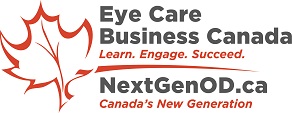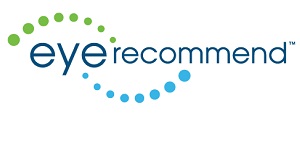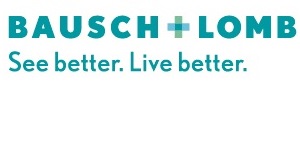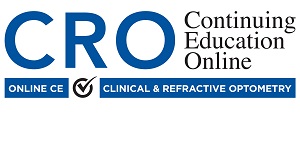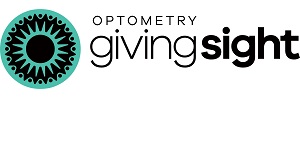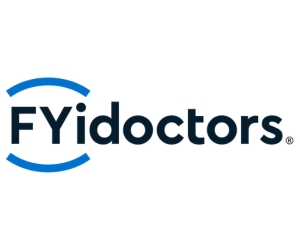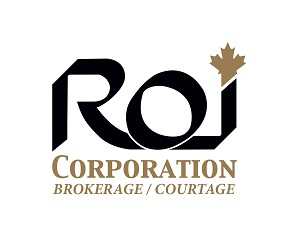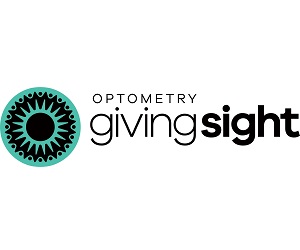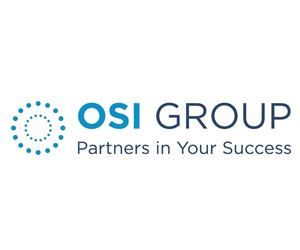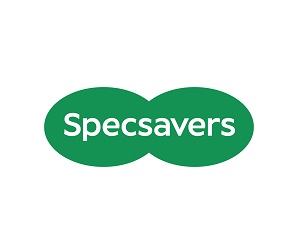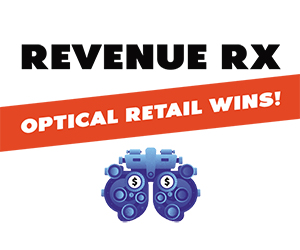
You have a busy practice and work is going quite well. Your clinic looks great and has a growing patient and revenue base. You initially bought the latest technology to start your clinic. Wide Field Retinal imaging, OCT and perhaps some other great diagnostic or treatment tech. You have paid off some of the scary bank debt and you’re starting to feel like owning your practice actually was a smart idea and a good investment! When is it time to reinvest in your practice? When is it time to buy into new technology? In this article, we will examine some factors to consider when looking at the next tech.
Budget
Cash flow analysis is important. Are debt loads sustainable? Every year we budget for everything. Revenues and expenses are broken down into estimated projections and profitability levels are set and monitored throughout the year. In our clinics, we set 3% of revenues to our equipment expenses. If you are below 3% you may want to consider a reinvestment into the next revenue generating or profit creation technology.
Contribution Margin
The contribution margin is computed as the selling price per unit, minus the variable cost per unit. Also known as dollar contribution per unit, the measure indicates how a particular product contributes to the overall profit of the company. It provides one way to show the profit potential of a particular product offered by a company and shows the portion of sales that helps to cover the company’s fixed costs. Any remaining revenue left after covering fixed costs is the profit generated. I won’t go in-depth here but you can do an analysis to find a break-even point to decide how many units sold will make the purchase of new equipment make sense.
Amortization
I started my first of five clinics in 1997 (okay don’t judge but I still feel like I am just getting going!). I still have functioning equipment from those early days! It is good to amortize the equipment over the estimated life span of that equipment. If you can pay for the equipment slowly over time it is better than fronting that cost. This allows you to reduce the contribution margin and enhance overall profitability along the way.
Professional Fees
I often see optometrists (I am guilty too!) undervaluing their services. One of the first recommendations I make when someone purchases a new piece of equipment is to increase their exam fees even if it means just a couple of dollars per exam. Often this alone can cover loan payment costs for that new piece of equipment.
Choosing the No-Brainer
Sometimes a new technology comes along that allows early adopters a “no-brainer” option. Neurolens is such an option. Neurolens opens up a new category of spectacle wearers (20% of the lenses sold are plano) while providing robust profits for every pair of Neurolenses sold. The NMD2 instrument makes misalignment measurements more accurate and tech driven thereby reducing exam lane time and practice productivity. As a first mover advantage, patients are seeking us out to have this test and gain the benefits of the Neurolens. Patient results have been tremendous and the lenses are fully guaranteed to provide patient satisfaction and symptom relief. Further, the icing on the cake is that the company offers a generous “device rebate” for regular users of the lenses. This helped to make our entry into Neurolens a “no-brainer” and a “slam dunk”.
Would you rather…
My kids used to play the game “would you rather?”. If you are not familiar with this game it goes something like this: “would you rather hug a snake or have a rat run across your face?” or some similar no win scenario that you have to just pick one! The real life game gives me pause. Would you rather invest in Neurolens or IPL? Well, I will take both thank you very much. I can make a financial case for both and carefully lay out a plan to implement both technologies into my clinics in a successful way.
What about you?
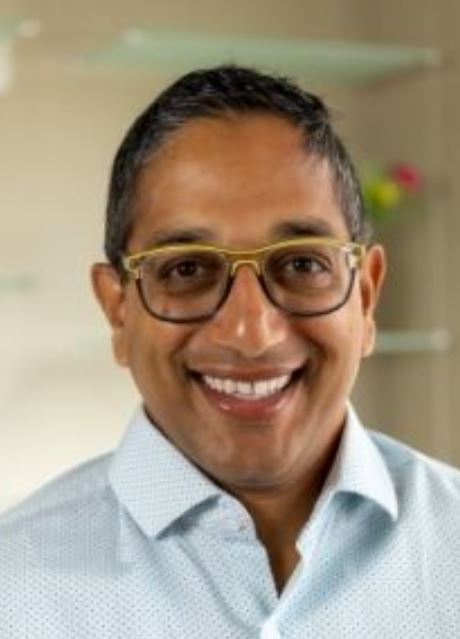
DR. TREVOR MIRANDA
Dr. Miranda is a partner in a multi-doctor, five-location practice on Vancouver Island.
He is a strong advocate for true Independent Optometry.
As a serial entrepreneur, Trevor is constantly testing different patient care and business models at his various locations. Many of these have turned out to be quite successful, to the point where many of his colleagues have adopted them into their own practices. His latest project is the Optometry Unleashed podcast.
